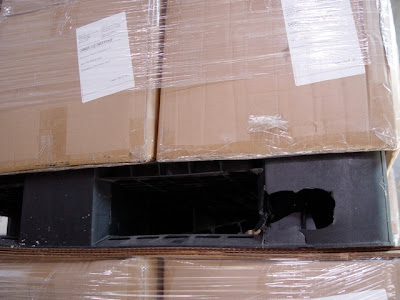This is the way that countries using metric measure display fuel consumption. Rather than showing how far per unit of fuel (gallon), they show how much fuel for a given distance (100 km).
Here is a picture of the instrument cluster just before I went over 80,000 km. Notice I am going 119 km/hr, not miles per hour!
Here is the same picture, just after it changed. Notice the number to the left of 080000 is 4.1. This is the average fuel consumed for the lifetime of the car.
Let's calculate how much fuel I have used in the lifetime of this car. Just for background information, we have had the car since February of 2006, so it's four years and four months old.
Q1. How much fuel has been consumed over the 80,000 kilometers traveled?
A1. 80,000 ÷ 100 (100 km is the unit of measure) = 800 and 800 x 4.1 = 3280 liters of fuel
Q2. At an average price of $3.00 per gallon, how much have I paid for that fuel?
A2. First we have to calculate how many gallons are in 3280 liters. Yesterday we learned that 3.8 liters equals one gallon, or 231 cubic inches. So,
3280 ÷ 3.8 = 863 gallons x $3.00 = $2589.50 or roughly $2600.
Q3. Now for a more American expression of fuel economy, what is my average miles per gallon?
A3. Let's take the easiest way to solve this problem. Press the English/Metric button on the instrument cluster. The average is 57.1 miles per gallon.
This seems like extremely high fuel economy. It is. The only way you get this kind of fuel economy is with a very small, light, aerodynamic vehicle.



















































